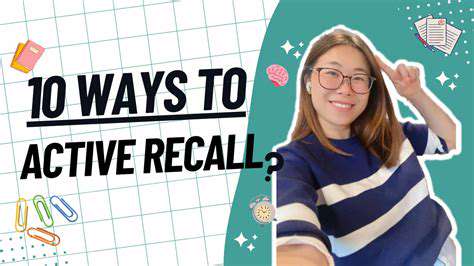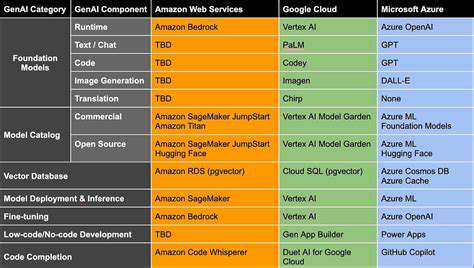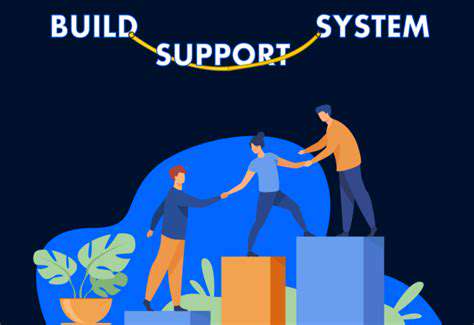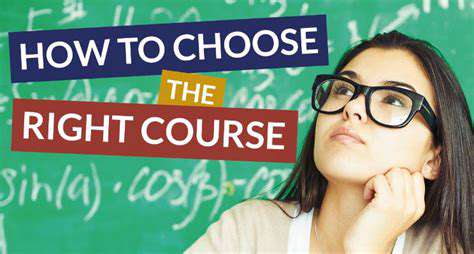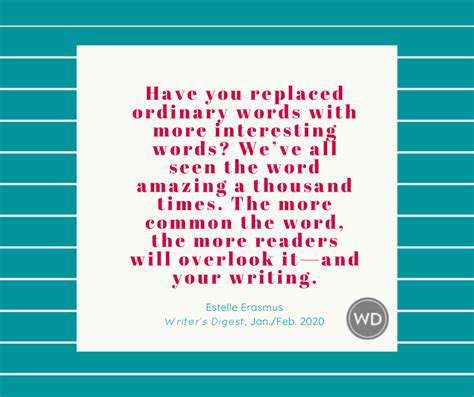How to Study Smarter, Not Harder
Visual learners thrive on seeing and visualizing information. They often benefit from diagrams, charts, graphs, and mind maps. Color-coded notes, flashcards with images, and using visual aids during lectures can significantly enhance their comprehension. Visual learners frequently find that translating abstract concepts into visual representations helps solidify understanding and recall.
For example, when studying historical events, creating a timeline with visual representations of key figures and dates can be more memorable than simply reading a list of dates and names. Visual learners often prefer to see the big picture and connect different concepts through visual associations.
Auditory Learners: The Sound of Knowledge
Auditory learners absorb information best through listening. They may find lectures, discussions, audio recordings, and even simply talking through concepts to be highly effective. Using recordings of their own notes, or having study partners to discuss material can greatly enhance their understanding. Repeating information out loud, or listening to educational podcasts, are both beneficial strategies for auditory learners.
Kinesthetic Learners: Learning Through Action
Kinesthetic learners learn by doing. Hands-on activities, experiments, role-playing, and physical demonstrations are key to their comprehension. They often prefer interactive learning environments and may find traditional lectures less engaging. For example, if studying biology, conducting experiments and dissecting specimens can be significantly more effective than simply reading about them in a textbook. This active engagement with the material helps them retain information more easily.
Reading/Writing Learners: The Power of the Written Word
Reading and writing learners excel by engaging directly with written text. Taking detailed notes, summarizing information, or creating outlines are crucial components of their learning process. They often prefer textbooks, articles, and written assignments. Engaging in active reading strategies, such as highlighting and annotating, can significantly improve their comprehension and retention of information. They also benefit from writing summaries and using different types of written exercises to reinforce their learning.
Multi-Modal Learners: Combining Approaches for Maximum Impact
Many learners are multi-modal, meaning they benefit from a combination of learning styles. Recognizing this is crucial for maximizing learning potential. By incorporating visual aids, engaging in discussions, and actively practicing concepts, multi-modal learners can integrate various approaches to achieve deeper understanding and retention. Mixing different learning styles can create a more holistic and impactful approach to learning.
The Importance of Adaptability: Learning Styles are Not Fixed
It's important to remember that learning styles are not fixed. While you might predominantly lean towards a particular style, you can adapt your strategies to incorporate elements from other styles. By recognizing your strengths and weaknesses, you can develop a personalized learning approach that suits your unique needs and preferences. This adaptability allows you to become a more effective and versatile learner.

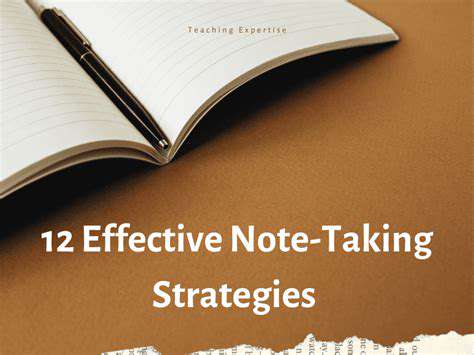
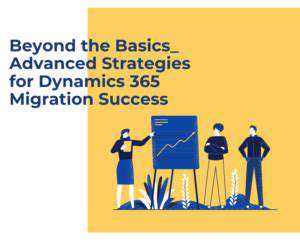
![Guide to Learning [Specific Software, e.g., Excel]](/static/images/31/2025-04/CreatingandFormattingCharts3AVisualizingYourData.jpg)
